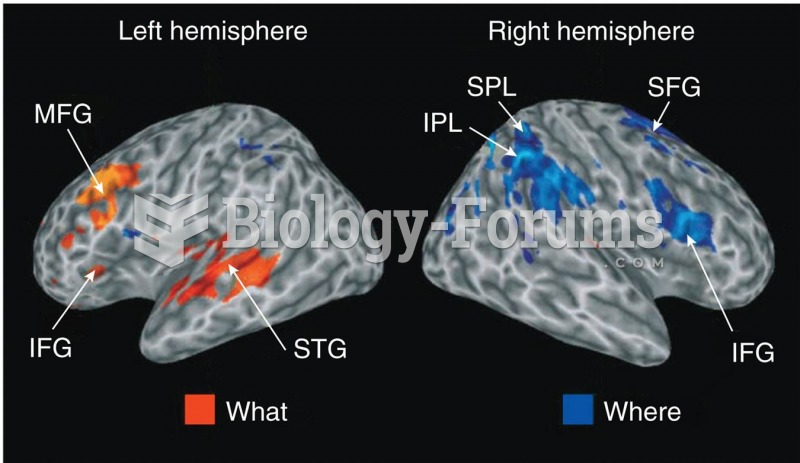Answer to Question 1
An important issue in production strategy is deciding whether the production process will be standardized for all markets or adapted to manufacture products modified for different markets. For example, low-cost leadership often dictates automated, standardized production in large batches. Large production batches reduce the cost of producing each unit, thus offsetting the higher initial investment in automation. And production costs are reduced further as employees improve performance by repeating their activities and learning new procedures that would, for example, help minimize errors and waste.
But differentiation often demands decentralized facilities designed to improve local responsiveness. Because decentralized production facilities produce for one national market or for a regional market, they tend to be smaller. This tends to eliminate the potential to take advantage of economies of scale and therefore increases per-unit production costs. Similarly, the smaller market share that a differentiation strategy targets normally requires relatively smaller-scale production. Differentiating a product by incorporating certain features desired by customers requires more costly manufacturing processes. Research and development costs also tend to be higher for products with special product designs, styles, and features.
Most companies must acquire fixed (tangible) assetssuch as production facilities, inventory warehouses, retail outlets, and production and office equipmentin the host country. Many companies have the option of either 1. acquiring or modifying existing factories or 2. building entirely new facilitiescalled a greenfield investment. Considering either option involves many individuals within the company. For example, production managers must verify that an existing facility (or an empty lot) is large enough and will suit the company's facility layout needs. Site acquisition experts and legal staff must guarantee that the proposed business activity abides by local laws. Public relations staff must work with community leaders to ensure that the company does not jeopardize the rights, values, and customs of the local population.
Finally, managers must make sure that the local infrastructure can support the firm's proposed on-site business operations. Also, factory and office equipment is likely to be available locally in most newly industrialized and developed markets, but not in developing markets. Thus managers must assess both the cost in tariffs that will be imposed on imported equipment and the cost in time and effort that will be required to import it.
Answer to Question 2
D







